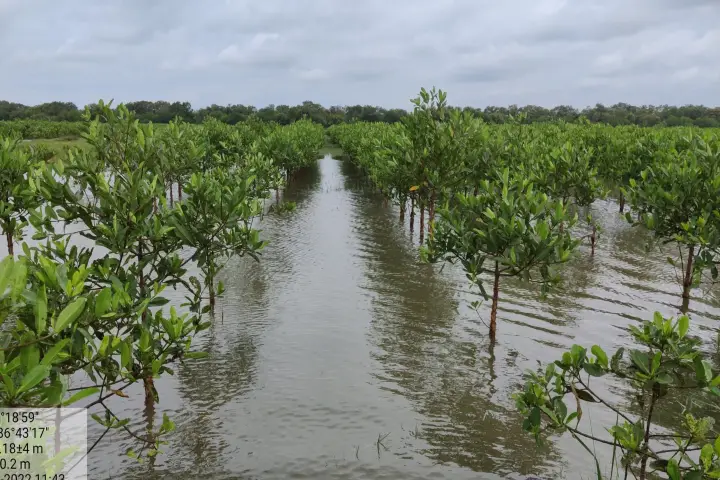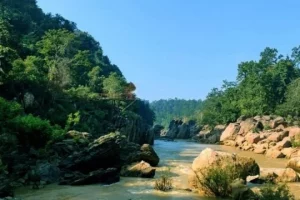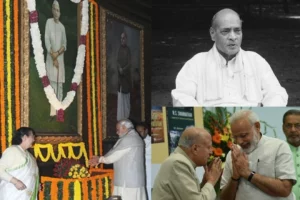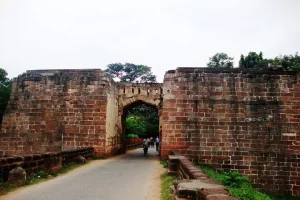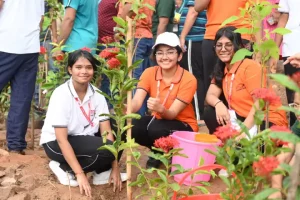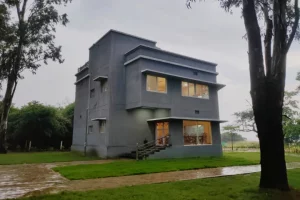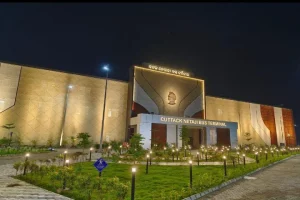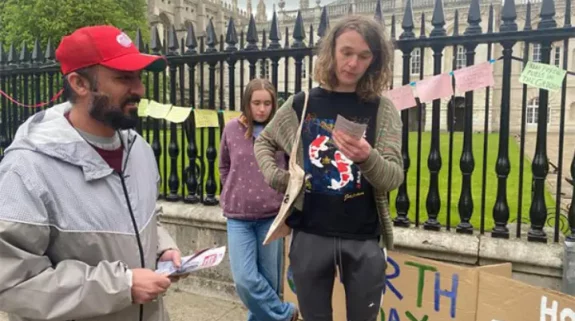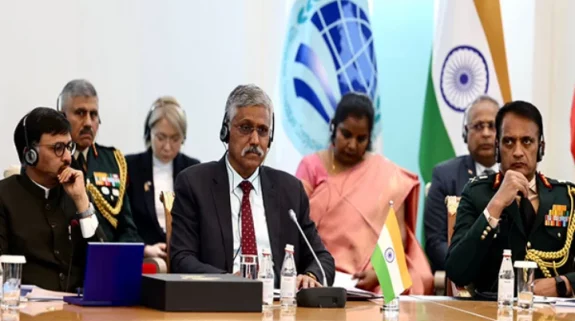Known for his pioneering work in agriculture, the renowned scientist M.S. Swaminathan also contributed a great deal in the preservation of the environment. It was his sincere efforts that helped save lives of hundreds in the coastal areas of Kendrapara district in Odisha during the cyclone which hit the region in 1999.
Several villages managed to bear the brunt of this devastating cyclone and survived because the MS Swaminathan Research Foundation founded by the scientist led the way to regenerate mangrove forests near the coastline. Acting as a formidable natural barrier, mangroves play a vital role in keeping intact shorelines while protecting them from cyclones and storms.
The foundation launched a massive mangrove regeneration project in 1994 which covered 25 seaside villages under the Mahakalapada block of Kendrapara. In a span of 12 years, the hard work of MSSRF paid off and mangrove forests came up in large tracts of coastal areas.
Going beyond this, the Foundation also played a vital role in providing livelihood to hundreds of locals by converting 20 villages into bio-villages and integrating farming systems. The farmers were trained by MSSRF in ecosystem-based sustainable livelihoods such as mangrove restoration, handicraft, sustainable fisheries, and science-led horticulture, apiculture, mushroom cultivation and management of coconut.
The scientist had visited the district’s seaside villages several times during the mangrove regeneration work. Many of the villagers had interacted with him and remember him fondly till this day.
Besides helping people, these mangroves play a crucial role in the ecology by supporting 175 species of birds, including migratory geese and ducks. They are home to 26 species of mammals, 44 species of reptiles, five species of amphibians, and several species of fishes.
Among the important carnivores found in these mangroves are the endangered fish cat, the leopard cat, the Indian python, the King Cobra, the water monitor and salt-water crocodile.
The place is an important part of the breeding grounds of the turtles.
The Father of India’s Green revolution as Dr. Swaminathan was fondly called, passed away at the age of 98 in Chennai on Thursday.






